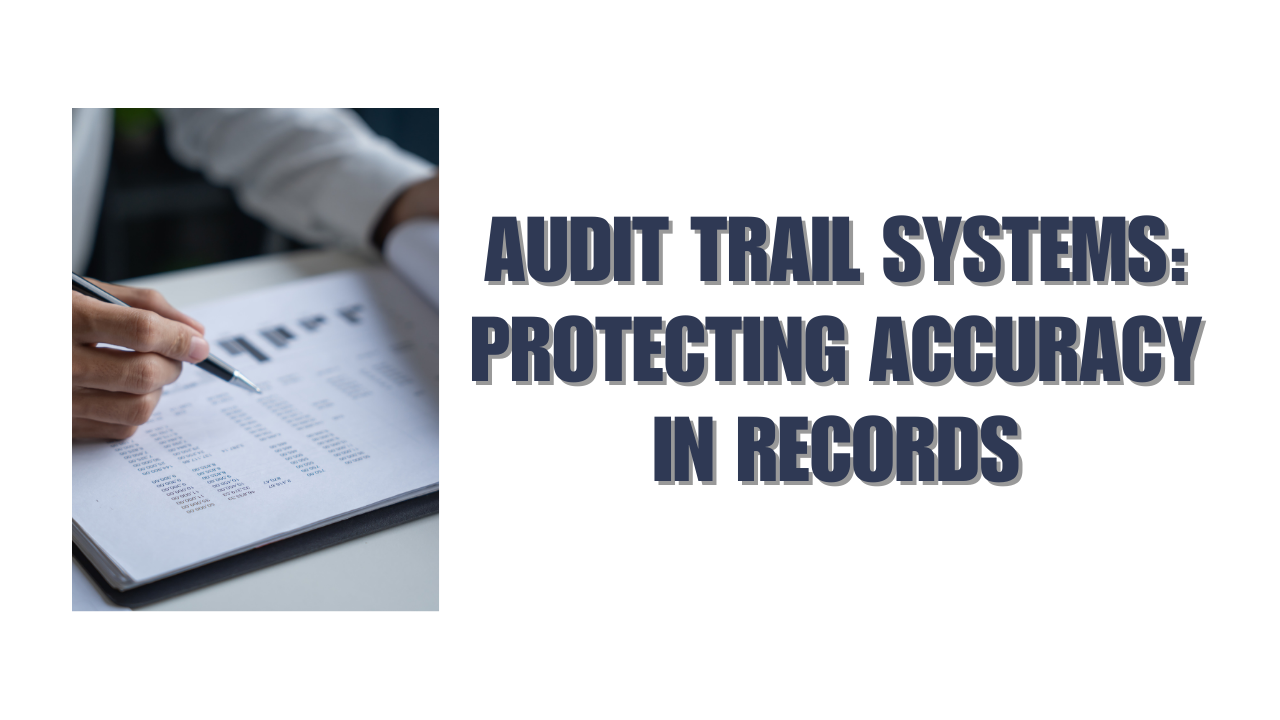Charitable trusts play a vital role in supporting communities, causes, and individuals. From helping vulnerable groups to funding education and healthcare, these trusts rely heavily on public trust and donations. To maintain transparency and accountability, an audit for charitable trust is often required.
An audit ensures that the funds collected and used by a charitable trust are properly recorded, honestly reported, and compliant with all relevant regulations. It not only reassures donors and stakeholders but also strengthens internal financial processes. In many regions, audits are a legal requirement for registered charities, especially those handling large amounts of money.
In this article, we’ll walk through what a charitable trust audit is, why it’s important, and what steps are involved in the process.
Why Do Charitable Trusts Need an Audit?
Charitable trusts are built on the goodwill of donors, supporters, and communities. That’s why transparency and accountability are critical. An audit provides independent assurance that the trust is managing its resources responsibly. It shows that donations are used for their intended purpose and that there’s no mismanagement or fraud.
In many countries, charities that cross a certain financial threshold must undergo an audit by law. Even when it’s not mandatory, many charitable trusts choose to conduct annual audits to boost their credibility with the public, regulators, and grant providers. An audit also provides valuable insights that help the trust’s leadership make better financial decisions.
Beyond compliance, a well-conducted audit can uncover issues like bookkeeping errors, weak internal controls, or areas where reporting can be improved. This helps the trust fix problems early, improve efficiency, and prepare for future funding opportunities. In short, audits help protect both the reputation and the operations of a charitable trust.
What Does the Audit Process Involve?
The audit of a charitable trust usually begins with appointing an independent auditor, typically a certified public accountant or registered audit firm. The auditor will request access to the trust’s financial statements, donation records, bank accounts, and expense reports for the year under review.
Next, the auditor examines whether the trust’s financial records are complete, accurate, and compliant with accounting standards and charity laws. This includes verifying that funds were used appropriately—such as checking whether grants and program expenses match the trust’s stated objectives.
The auditor also reviews internal controls. For example: Are two people required to approve payments? Are receipts kept for all donations and expenses? Are records regularly reconciled? These checks help identify gaps that could lead to errors or fraud.
At the end of the process, the auditor issues an audit report. This report summarizes the financial health of the trust, highlights any issues found, and may include recommendations for improvement. This document is often shared with stakeholders or submitted to charity regulators.
How Audits Build Confidence and Encourage Donations
One of the biggest benefits of auditing a charitable trust is the confidence it builds. Donors want to know their money is making a difference—not being lost in poor accounting or unethical use. An audit provides proof that a trust is acting with integrity and responsibility.
Audited financial statements can also open doors to larger grants, partnerships, and institutional funding. Many foundations and government bodies require audited reports before they will consider supporting a trust. With clear, verified financial data, charitable trusts can present themselves as professional, transparent, and worthy of long-term support.
Internally, audits help trustees and board members stay informed. They give a full picture of how funds are being managed and highlight any risks that need attention. With this information, leadership can make smarter decisions and plan future programs more effectively.
In short, audits aren’t just about ticking boxes—they’re about strengthening the trust’s mission and enabling it to grow and thrive.
Conclusion: Keeping Charitable Trusts Accountable and Respected
Auditing a charitable trust is more than a financial requirement—it’s a vital step toward building trust, transparency, and long-term success. Whether driven by regulation or chosen voluntarily, audits show donors and stakeholders that the trust takes its responsibility seriously.
They help ensure that money is used where it’s needed most, that systems are running smoothly, and that the trust is well-positioned to meet future challenges. In a world where public trust matters more than ever, a clean audit report is one of the most valuable tools a charity can have.
Frequently Asked Questions (FAQ)
1. Is it mandatory for charitable trusts to be audited?
In many countries, audits are legally required for charitable trusts if they exceed certain income or asset thresholds. Even when not legally required, audits are often recommended as a best practice to ensure transparency and gain donor confidence. Requirements vary depending on the size of the trust and local regulations.
2. Who can audit a charitable trust?
A charitable trust should be audited by an independent, qualified professional—typically a registered auditor or certified public accountant. The auditor should have no financial interest in the trust and must follow recognized auditing standards to ensure an unbiased review of the financial records.
3. What is included in a charitable trust audit report?
The audit report includes a summary of the trust’s financial activities, any irregularities found, and the auditor’s opinion on whether the financial statements are accurate and compliant. It may also include suggestions for improving financial controls or reporting. This report is often submitted to charity regulators or shared with donors.






